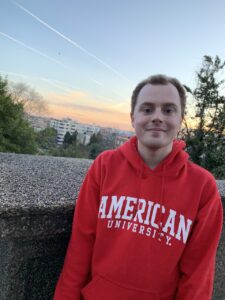For my final project, I would like to continue with the same theme and general topic I used in the final projects I created for the two previous certificate courses, and create a project about the Carpatho-Rusyn people. Specifically, I was thinking about creating a project that examined the religious conflict that occurred between the Greek Catholic Carpatho-Rusyns and the hierarchy of the Roman Catholic Church in the United States during the late nineteenth and early twentieth centuries. The project would focus on the fact that despite the fact that they were members of the Catholic Church, the Carpatho-Rusyns had religious practices that were closer to those of the Eastern Orthodox Church than the Roman Catholic Church, and that when the Carpatho-Rusyns began immigrating to the United States in the 1880s these unique religious practices would cause conflict with the hierarchy of the Roman Catholic Church in the United States. In creating the project, I am looking to examine the conflict from the perspective of both the Roman Catholic hierarchy and the Carpatho-Rusyn people.
In creating this project, I plan on using primary sources created by both the leaders of Roman Catholic Church in the United States and the Greek Catholic Carpatho-Rusyn priests living in the United States. I will use the letters written by both groups where they describe their side of the conflict and what they view the problem as. In addition, I will also use various newspaper article and the records of court cases to provide a different view on the conflict between the Roman Catholic Church and the Greek Catholic Carpatho-Rusyn immigrants in the United States.
This project is intended for individuals that are interested in topics such as, religious conflicts in the United States, the experience of European immigrants in the United States, and the establishment of the Greek Catholic Church in the United States. The audience will engage with the project by being able to view and examine primary sources from both sides of this religious conflict and will be able to analyze the arguments that both the Roman Catholic hierarchy and the Greek Catholic Carpatho-Rusyn immigrants presented in their appeals to the Vatican for support.

